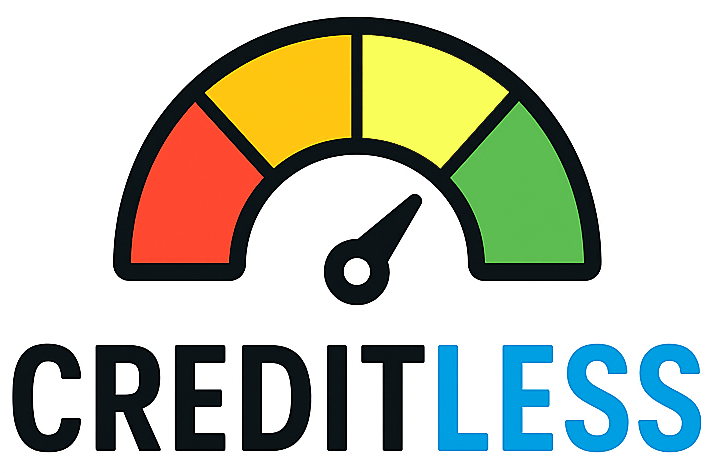Why these three factors matter more than most other things
When lenders evaluate risk, scoring models turn your credit file into a single number. While every model is proprietary and lenders often use customized versions, three elements are consistently the most influential: payment history (have you paid on time?), credit utilization (how much of your available credit are you using?) and credit age (how long have you managed credit?). These components form the backbone of both the dominant FICO framework and the competing VantageScore system.
In plain terms: paying on time is the biggest single factor, keeping balances low is the fastest way to lift a score for many people, and older, stable accounts help over the long run. But the exact weight and how the data are analyzed differ between models — and they keep evolving.
How much weight does each factor get?
FICO (the score used by the majority of top lenders) groups inputs into five categories with rough weightings: payment history is the largest single portion, followed by amounts owed (utilization), then length of credit history, new credit, and credit mix. These relative shares are commonly cited and remain a practical rule of thumb for consumers.
VantageScore (versions 3.0/4.0) uses a similar set of factors but assigns different relative influence: payment history remains at the top, while "depth/age of credit" and utilization are also highly influential; newer versions explicitly incorporate longer-term trends in balances and payments. Because the two systems weigh and interpret the same raw data differently, a consumer’s FICO and VantageScore can move in different directions from the same behavior.
- Payment history: the most influential element across models — missed payments and public records (collections, bankruptcies) can cause the largest, longest-lasting drops.
- Credit utilization (amounts owed): a close second for many models — keeping revolving balances well under available limits usually helps.
- Age/depth of credit: measured as oldest account, average account age, and time since most recent activity — older, active accounts generally help.
Practical differences and recent model changes you should know
Models are evolving to read behavior across time rather than from single snapshots. For example, FICO's newer Score 10 Suite adds "trended" bureau data so the model can see whether balances are rising, falling or seasonal — which improves predictive accuracy for lenders and can change which consumers benefit from short-term actions. That means occasional high balances followed by rapid payoffs are now less likely to be penalized unfairly.
At the same time, consumer-access tools and alternative-data options can affect the data that feeds scores. Experian Boost lets consumers add qualifying on-time payments for phone, utilities, insurance and some rent payments to their Experian file; for some people this produces immediate score gains because it strengthens payment-history signals on that bureau’s file. Not all lenders use the Experian file or the Boost-enhanced score, but the option can help thin-file or near-prime consumers.
Finally, keep in mind that lenders often use different score versions or bespoke models (for mortgages, auto loans, bankcards etc.), so the score a lender sees can differ from the free score you check online. The Consumer Financial Protection Bureau recommends knowing which scores are being used and monitoring your reports from all three bureaus.
What this means for your priorities
- Fix payment problems first: catch up on late accounts and avoid future missed payments — payment history has the largest single influence.
- Lower utilization strategically: aim to keep overall revolving utilization low (many advisers target <30%, with lower being better) and mind per-card utilization because high balances on one card can still matter to some models.
- Preserve age and avoid unnecessary new accounts: don’t close long-standing accounts without weighing the effect on average age and total available credit.
- Use alternative tools carefully: Experian Boost, UltraFICO pilots and rent-reporting services can help some consumers — but their benefits depend on which bureau/model the lender uses.
